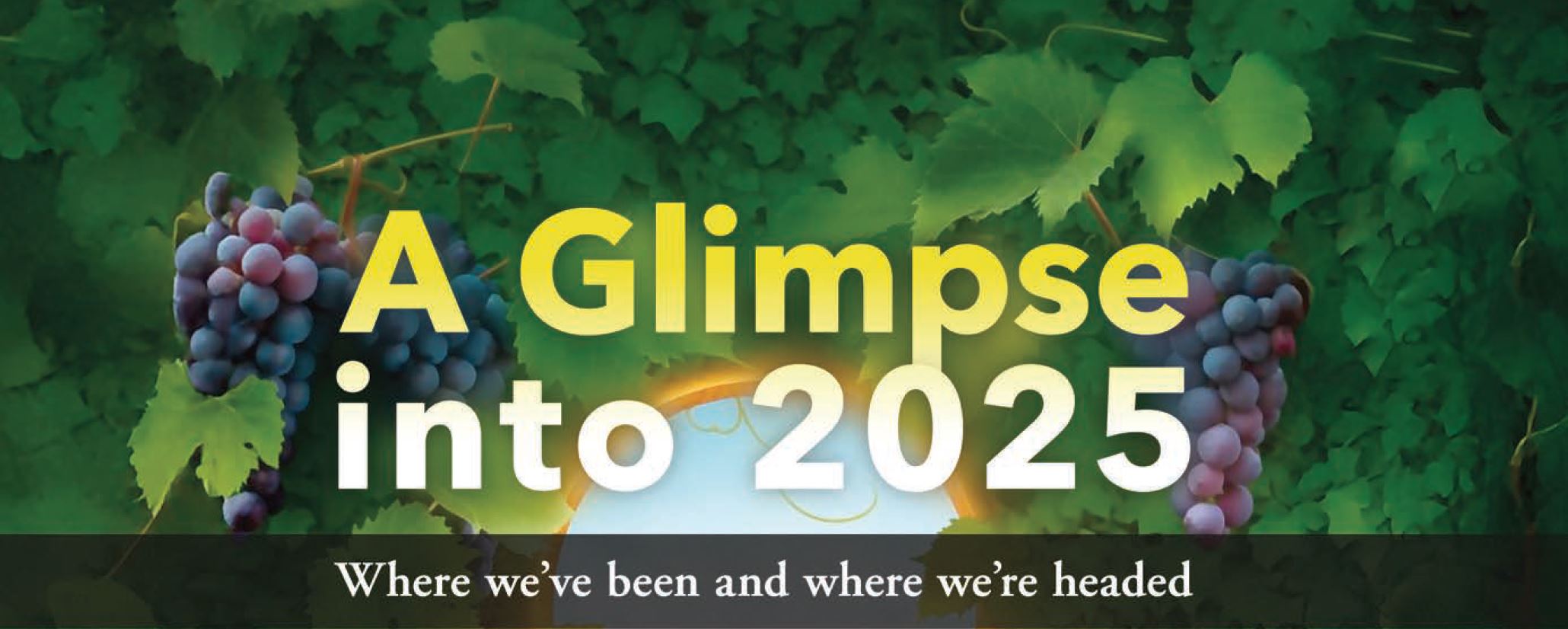Welcome to Blue Book!
Are you ready to join the thousands of companies who rely on Blue Book to drive smarter decisions? View our plans and get started today!
Still have questions? We’d love to show you what Blue Book can do for you. Drop us a line– we’ve been waiting for you.

Labor Pains
Labor issues remain a top concern for growers in most apple-producing states. The Michigan Apple Committee’s Smith notes, “This is a challenge and will likely continue. It’s difficult to find skilled labor to hand-harvest the crop. It’s something growers face year after year.” It is indeed a universal complaint, as growers face competition from other apple producers as well as other crops grown within their own state and outside it.
Stewart is more direct when discussing the issue. “Labor is the single biggest issue hanging over growers’ heads. We rely heavily on migrant workers to harvest and pack our fruit. We must have federal reform of immigration laws and of the agricultural guest worker program. The congressional impasse, combined with stepped-up federal enforcement and pressure to use a controversial federal online system to verify worker eligibility has contributed to labor shortages on our farms.”
Washington growers had a different type of labor headache this year, during the West Coast dock strikes, in a year with a big apple crop. “The port slowdown and congestion greatly affected our business,” admits Eric Borton, vice president of international sales and marketing for Borton & Sons in Yakima, which specializes in apples, pears, and cherries. “It resulted in lost sales due to reduced ability to export from the West Coast and an increase in delayed shipments causing arrivals to miss customer timelines and programs.”
Hartmann found transportation woes, related to the decreased supply of trucks and drivers, a major challenge. To help offset freight rates and truck availability, Pacificpro “invested in a facility in Yakima to assist with consolidating loads and simplifying the loading process,” he explains. In addition, he too, referred to Washington’s bumper crop last year: “a large crop creates unique challenges in how to effectively market, to benefit both growers and customers.”
Top Producers at a Glance
According to the U.S. Apple Association, the country’s top five apple producing states are Washington, New York, Michigan, Pennsylvania, and California. Virginia, North Carolina, Oregon, Ohio, and Idaho also produce a significant amount of apples, but mostly for more local consumption.
Washington – The Leader in Production
With an annual average production of 100 million boxes, Washington State produces over half of the fresh apples consumed in the United States. Nearly a third of this abundance is shipped to countries far and wide, representing 90 percent of the U.S.’s overall apple exports.
The central and eastern regions of the Evergreen State enjoy rich volcanic soil and a desert-like climate with generous sunshine. There is ample water supply thanks to rivers, fueled by mountain snowpack.
The trees start to bloom in late April to early May with harvest from August through November. The warm days and cool nights are perfect conditions for crisp, juicy apples. Minimal rainfall keeps fungus, mold, and pests to a minimum, limiting the amount of crop protection needed.




